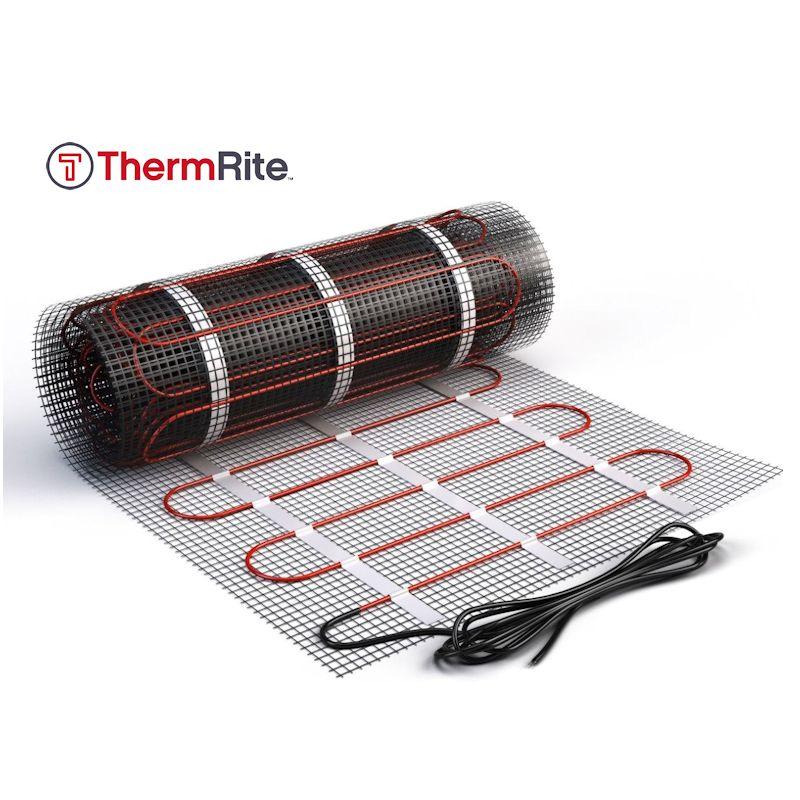Underfloor heating has become increasingly popular in recent years as a more efficient and comfortable way of heating a space. As a homeowner or installer of underfloor heating, who may be considering different flooring options for accommodation or a future home, it is essential to understand whether underlay is necessary on top of underfloor heating.
Firstly, let’s consider what underfloor heating is. It is a system that provides warmth by heating the floor surface, which in turn radiates heat throughout the room. This is achieved by either electric or water-based systems installed beneath the flooring. Various flooring materials can be used with underfloor heating, including laminate, vinyl, carpet, or even tiles. However, the choice of flooring can greatly impact the effectiveness and efficiency of the underfloor heating system.
When it comes to the use of underlay, the decision largely depends on the type of flooring chosen. For instance, if opting for laminate or vinyl flooring, an underlay is usually highly recommended. Underlay provides several benefits, such as insulation, noise reduction, and a cushioning effect. It helps to improve the energy efficiency of the underfloor heating system by preventing the heat from escaping downward, therefore maximising its effectiveness.

On the other hand, certain flooring materials may not require the use of underlay with underfloor heating. Tiles, for example, are excellent conductors of heat and therefore absorb and radiate it efficiently. Although underlay isn’t necessary for tile flooring, it doesn’t mean that it can’t be used. Some people might still prefer to add a thin layer of underlay to provide a softer surface and reduce noise.
Underlay with a low TOG rating is recommended for underfloor heating as this means it will not prevent heat generated from the heating system to pass through. Usually underfloor heating underlay will have small holes throughout the material, allowing heat produced from the underfloor heating pipe or cables to pass through to the floor finish, whilst also providing the protection for the floor finish, moisture absorption, and shock absorption properties that you would expect from an underlay.
It is also essential to consider the compatibility of the underlay with underfloor heating. Some underlays are specifically designed for use with underfloor heating systems, ensuring effective heat transfer and preventing any issues such as overheating. Therefore, even if underlay is not necessary for a particular flooring material, using a compatible underlay can still be advantageous in terms of maintaining the overall functionality and durability of the underfloor heating system.

In conclusion, the use of underlay on top of underfloor heating depends on several factors, including the type of flooring material chosen and personal preferences. While underlay is highly recommended for laminate or vinyl flooring, it may not be necessary for materials such as tiles. However, it is essential to consider the compatibility of underlay with underfloor heating systems to ensure optimal performance. As a homeowner or installer, understanding these aspects will help you make informed decisions when it comes to selecting the right flooring and optimizing your underfloor heating system for maximum comfort and efficiency.



